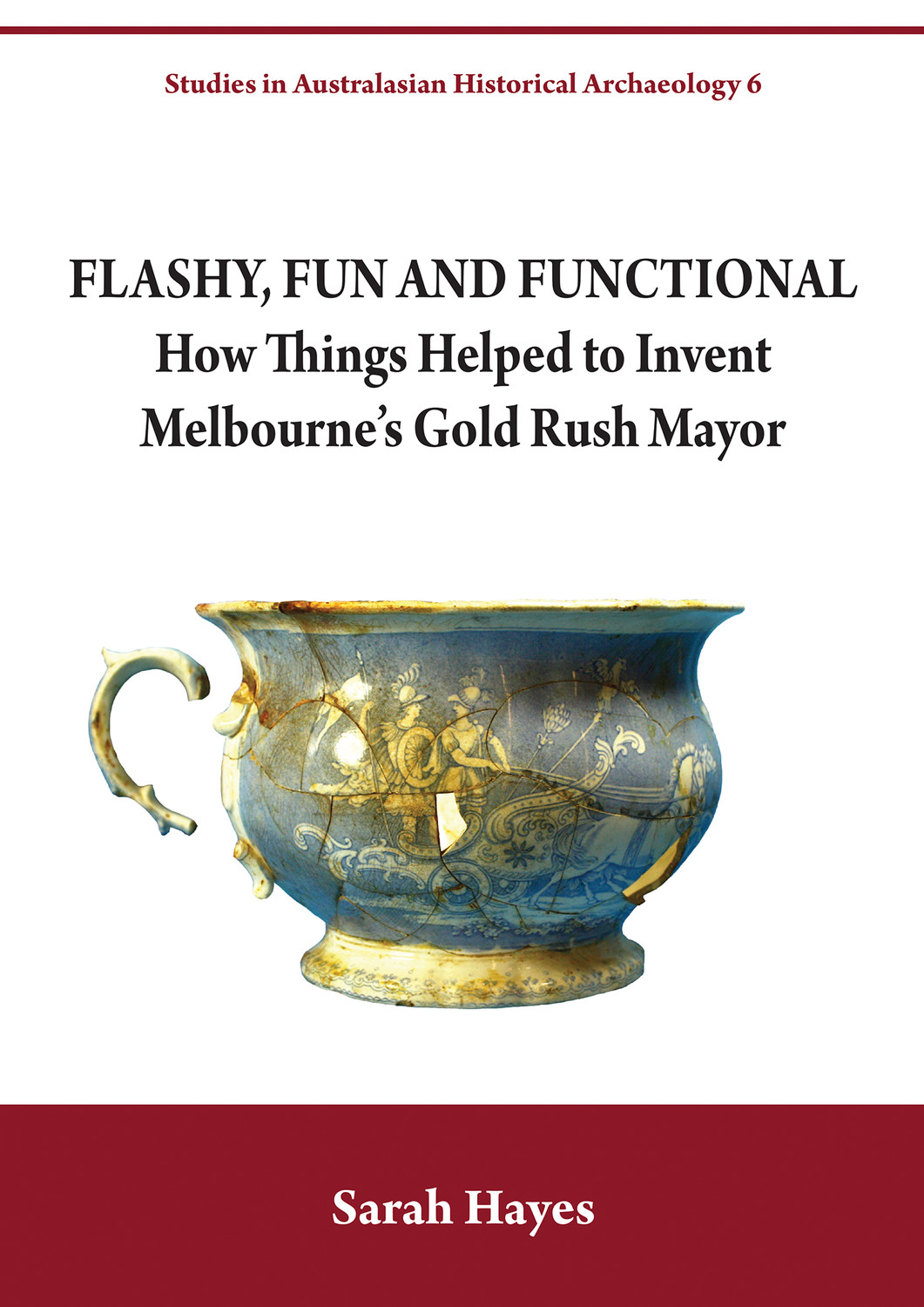
Excavations at the site in 1982 by Judy Birmingham and Associates uncovered a rich and important archaeological record of the Smiths’ lives in the form of a cesspit rubbish deposit. The recovered artefacts can be used to examine the distinctive way the Smith family used material culture to negotiate their position in colonial society. Popular decoration styles and expensive materials suggest the family’s efforts to secure their newly obtained social status. The artefacts evoke the turmoil, volatility and opportunity of life in the first decades of the colony at Port Phillip. They provide an example of the possibility of social mobility in the colony, but also of the challenges of navigating the customs of a newly forming society.
Sarah Hayes is a historical archaeologist who researches quality of life and social mobility in 19th-century Victoria through the lives, homes and rubbish of everyday people. She works within the Heritage and Indigeneity stream of the Alfred Deakin Institute for Citizenship and Globalisation.
List of figures
List of tables
List of plates
Abbreviations
Acknowledgements
2. Early Melbourne and 300 Queen Street
3. Personal histories
4. Architecture and spatial layout
5. Artefacts
6. Life at 300 Queen Street
7. Cultural capital and the road to success
Bibliography
Index
'[Hayes] sets out to establish what these different middle-class levels might look like in the archaeological record. She delivers on this aim by providing an interpretation of an aspirational early immigrant assemblage that is 'more grandiose and showy' than assemblages associated with either the established middle-class or the working class ... an important contribution to Australian historical archaeology that improves our understanding of class structure in the 19th century.'
Pamela Ricardi Australasian Historical Archaeology
Size: 297 × 210 × 5 mm
84 pages
17 b&w tables, 43 b&w illustrations, and 8 colour illustrations
Copyright: © 2018
ISBN: 9781743326152
Publication: 21 Sep 2018
Series: Studies in Australasian Historical Archaeology
